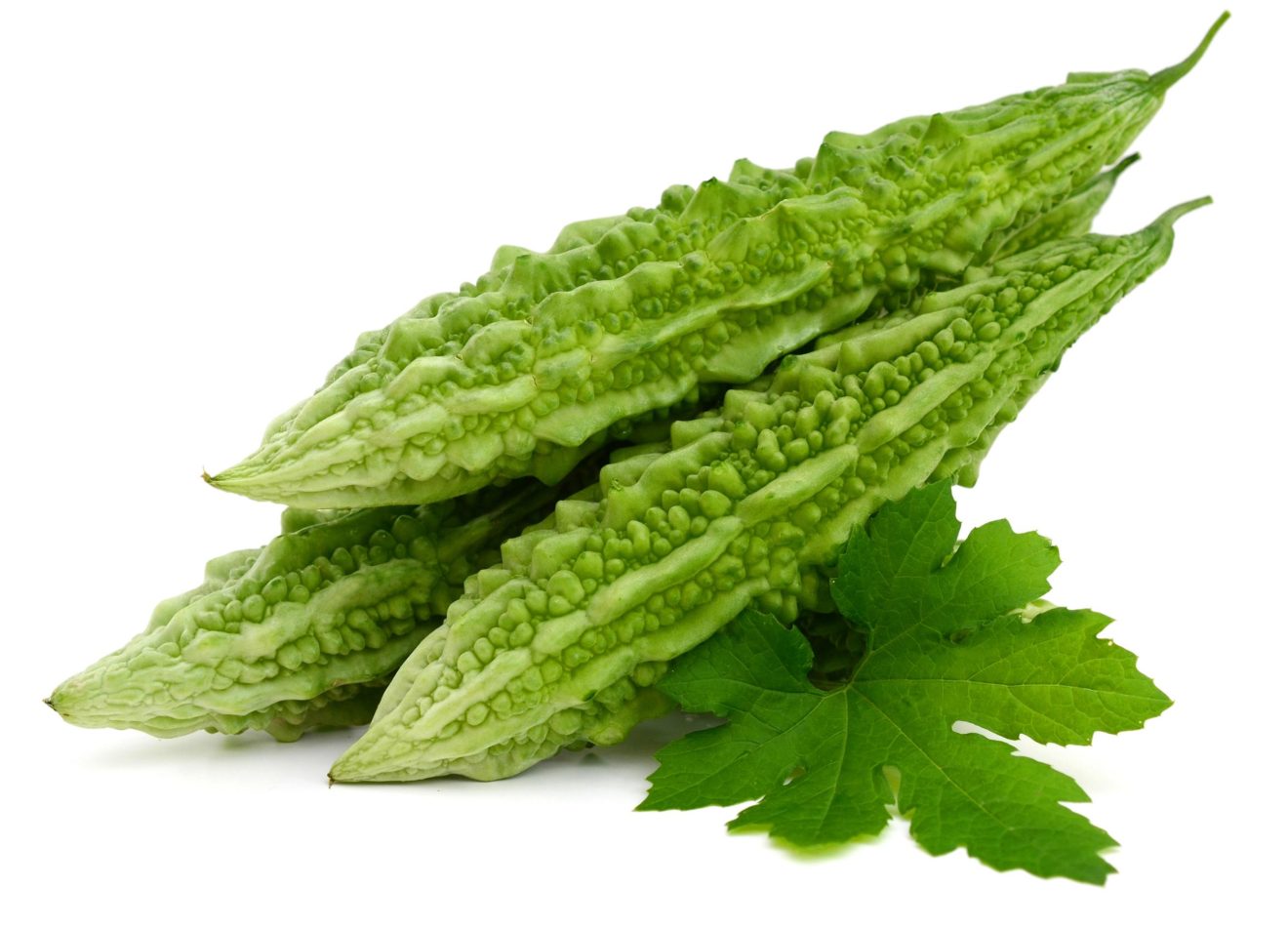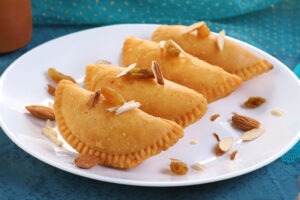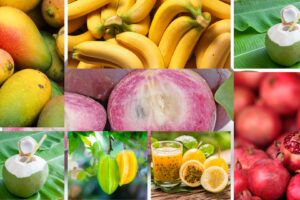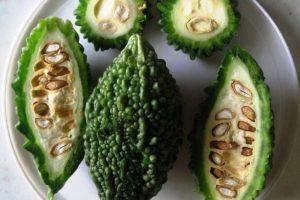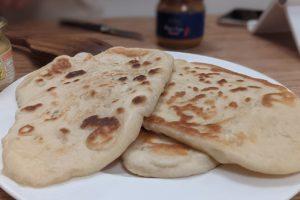Even though some may consider it to be their worst enemy, they comply because of its many health benefits. For others, it doesn’t matter, they enjoy eating it especially when it is cooked in their favorite way. That piercing green with uneven bumps reveals it, yes, even the look of it can seem evil. What is it? Karela. The kids may not jump for joy when hearing that term but as they grow older they begin to appreciate its unique taste.
Karela can also be called bitter melon, bitter apple, bitter gourd or bitter squash. Just hearing the other names that it can be called gives you an idea of what it tastes like; it’s bitter, sometimes it can be really bitter. But somehow it is bitter-sweet, if cooked properly this special fruit can be very tasty, you wouldn’t believe you are eating Karela.
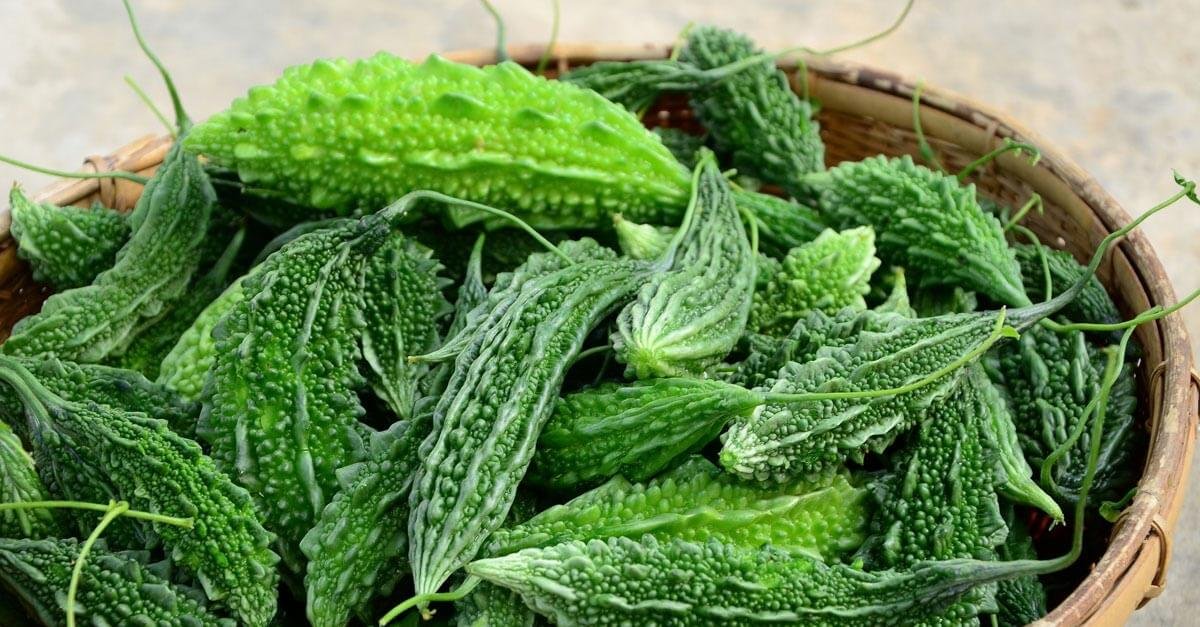
Where Did Karela Come From?
Karela is a tropical and subtropical vine of the family Cucurbitaceae, widely grown in Asia, Africa, and the Caribbean (Guyana) for its edible fruit. Its many varieties differ substantially in the shape and bitterness of the fruit.
It originated from the South Indian state of Kerala and was introduced into China in the 14th century. It is widely used in the cuisines of East Asia, South Asia, and Southeast Asia.
Scientific Classification Of Karela
Karela – Momordica charantia [Scientific name]
- Kingdom: Plantae
- Clade: Angiosperms
- Clade: Eudicots
- Clade: Rosids
- Order: Cucurbitales
- Family: Cucurbitaceae
- Genus: Momordica
- Species: M. charantia
Did You Know?
Some sources claim the flesh (rind) becomes somewhat tougher and more bitter with age, but other sources claim that at least for the common Chinese variety the skin does not change and bitterness decreases with age.
Features Of The Karela
- Vine & Flowers – This herbaceous, tendril-bearing vine grows up to 5 m (16 ft) in length. It bears simple, alternate leaves 4–12 cm (1.6–4.7 in) across, with three to seven deeply separated lobes. Each plant bears separate yellow male and female flowers.
- Exterior & Interior – The fruit has a distinct warty exterior and an oblong shape. It is hollow in cross-section, with a relatively thin layer of flesh surrounding a central seed cavity filled with large, flat seeds and pith.
- Texture – The fruit is most often eaten green, or as it is beginning to turn yellow. At this stage, the fruit’s flesh is crunchy and watery in texture, similar to cucumber, chayote or green bell pepper, but bitter. The skin is tender and edible.
- Seeds – Seeds and pith appear white in unripe fruits; they are not intensely bitter and can be removed before cooking.
Tip: When the fruit is fully ripe, it turns orange and mushy, and splits into segments which curl back dramatically to expose seeds covered in bright red pulp.
Health Benefits Of Karela
- Helps in maintaining blood sugar levels (fights diabetes) – The World Health Organization has estimated that over 382 million people worldwide suffer from diabetes. Karela contains an insulin-like compound called Polypeptide-p or p-insulin which has been shown to control diabetes naturally.
- Lowers bad cholesterol levels – Bangalore-based Nutritionist, Dr. Anju Sood says, “Bitter gourd juice is anti-inflammatory and also helps in lowering the bad cholesterol levels in the body. Thereby, it significantly reduces the risk of heart attack and stroke.”
- Glowing skin and lustrous hair – Dr. Simran Saini from Fortis Hospital in New Delhi suggests that bitter gourd juice has powerful anti-oxidants along with vitamin A and C which prevent premature skin ageing and diminishes wrinkles. Also, the nutrients vitamin A, vitamin C, Biotin and Zinc impart shine and lustre to your hair. Applying Karela juice regularly to your scalp can decrease hair loss and greying of hair, treat split-ends and rough hair, shrug off dandruff, and combat itchiness.
- Helps in weight loss – Karela is low in calories, fat and carbohydrates. It keeps you full for longer and hence, it can easily fit in your weight loss plan.
Cooking Karela In Guyana
Kalounjie
Ingredients:
- 2 bitter melons (karela) – get ones that are wide so you can scoop out the seeds and stuff them
- 1 teaspoon curry powder
- 1 teaspoon coriander powder
- 1 teaspoon ground geera (ground cumin)
- 1 teaspoon garam masala
- 1.5 cups raw peeled & de-veined shrimp
- 2 garlic cloves – minced or finely chopped
- 1 tablespoon chopped onion
- 2 teaspoons salt
- 1 tablespoon vegetable oil
Method:
- Set a pot of 3 cups water plus 1 teaspoon salt to boil.
- Cut off the ends of the Karela (bitter melon) so the tips and stem are off but the end is not open (you need it closed so you can stuff it later).
- Put the Karela to boil in the pot for 15 minutes, turning it ever so often so it boils on all sides.
- In a frying pan, heat the vegetable oil to medium heat and add chopped garlic and onion, fry until golden brown.
- Next, add the shrimp to the pan and the remaining teaspoon of salt, curry powder, ground geera, garam masala, and coriander.
- By now the Karela should be ready for straining. Strain and wash with cold water so it cools off soon.
- Fry the shrimp in the curry mixture until cooked through – then move it to another bowl.
- When the Karela is cooled enough to handle without burning yourself, cut both of them in half. Scoop out the seeds with a spoon so you have 4 hollow pieces.
- Fill about 2-3 spoonful of the shrimp mixture inside each Karela. Press it in with the back of your spoon so it’s tightly packed.
- Turn the stove back on with the same pan that you fried your shrimp in, let it get to medium heat.
- Add each piece of stuffed Karela to the pan and pan-sear on all sides so that the outer edge of the Karela is browned.
- Add the coconut milk and let it boil.
- Simmer for 30 minutes and enjoy!
Watch how to make Kaloungie (step by step Video by Real Nice Guyana)
Karela In Guyana
Yes, despite the Karela’s bitter taste, many enjoy eating it, especially when it is cooked Kalounjie-style. Some people love it for the benefits of the juice; they say ‘it bitters the blood’ so it is an excellent fruit juice if you feel that you need a little detox from consuming too much sweet. It can be cooked in many other ways; some say if you squeeze a majority of the juice out then when it’s ready to be cooked, it wouldn’t be as bitter. However, even with its bitterness some people enjoy eating this unique fruit; they love how healthy it is and how it makes them feel. Indeed, the fruit has many health benefits so even though it may appear a bit unattractive, it is definitely a fine fruit for you. They are grown bountifully in Guyana and can be found in the local markets as well as the supermarkets.
Article References:
- http://www.guyanadining.com/kalounjie-recipe/
- https://food.ndtv.com/food-drinks/7-health-benefits-of-bitter-gourd-karela-juice-1423896
- https://en.wikipedia.org/wiki/Momordica_charantia

